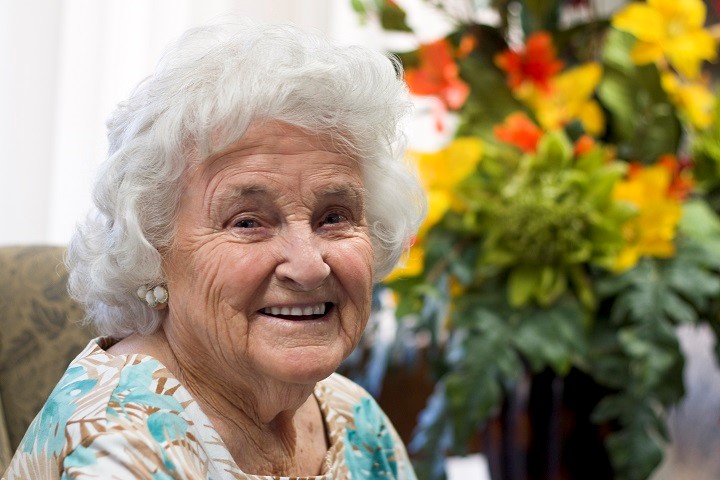Morphine Detox Facilities De Soto IL
Home
Best Morphine Detox Facilities De Soto IL
Morphine Detox Facilities De Soto IL
For more information, please check out their awareness campaign. The Sun (2017) We're not convinced a romance between these recovering drug addicts is the most sensible idea. If you need detoxification, you may receive medically supervised detoxification services. You may drastically underestimate the quantity of drugs you’re taking, how much it impacts your life, and the level of control you have over your drug use.
Drug Addiction is classed as, and recognised by addiction and medical professionals around the world as a disease. He has embraced sobriety, only to lose it again several months later. One way to find out whether you are addicted to drugs or not is to pay a closer attention to what’s important to you.
Even more Details Around Reasons Of Addiction

Right here are Some Even more Info on Antabuse Detox Programs De Soto IL
Finding help with treatment can make the burden feel less troublesome, and it can help those struggling with addiction to get their lives back. Illinois Christ centered programs have the highest success rate with those who are serious about turning their lives around.
More Information Around Antabuse Detox Programs
Outcome expectancies refer to an individual's expectations about the psychoactive effects of an addictive substance. A: Drug Rehab Centers view Christ as the most important tool for recovery from drug or alcohol addiction. 800-273-TALK (8255) Available 24 Hours a Day Eating Disorders The National Association of Anorexia Nervosa and Associated Disorders (ANAD) 1-847-831-3438 (not a toll-free number) Available During Business Hours The National Mental Health Association 800-969-6642 Available During Business Hours Drug Abuse and Drug Addiction Hotlines The National Institute on Drug Abuse (NIDA) (national drug abuse hotline/national substance abuse hotline) 800-662-HELP (4357) 800-487-4889 – for hearing impaired callers (TDD) Available 24 Hours a Day The Partnership for a Drug Free America (Information for parents – This is not for crisis situations) This drug help hotline is intended for parents or anyone else seeking general information about drug abuse.
A lot more Resources For Antabuse Detox Programs De Soto IL
Since the Affordable Care Act has been implemented in 2014, addiction is now widely recognized as a problem requiring high-quality treatment as a covered, health-insurance benefit. Also see Self-Test for Teenagers. (National Council on Alcoholism and Drug Dependence of the San Fernando Valley) Misuse of Prescription Drugs – Government guide to the growing problem of nonmedical use or abuse of prescription drugs. (National Institute on Drug Abuse) Prescription drug abuse – Causes, risk factors and treatment for commonly abused prescription drugs. (Mayo Clinic) The problem with prescription painkillers – Examines the opioid painkiller epidemic and how people using prescription painkillers can reduce the risk of abuse and overdose. (Harvard Health Blog) Opioids – Overview and links to resources. (National Institute on Drug Abuse) Drugs: What to Know– Straightforward talk on drug and alcohol abuse for teens. (Nemours Foundation) Seeking Drug Abuse Treatment: Know What to Ask – Helpful guide to the questions you should ask when searching for the right treatment for a drug problem. (National Institute on Drug Abuse) Finding help Behavioral Health Treatment Services Locator – National search engine for treatment program throughout the United States and U. JCAHO is widely considered the gold standard accrediting agency of the alcohol and drug rehabilitation industry. Speaking with an intervention provider and specialist can help you learn, at the least, that there is hope. If you want to break this cycle you need to: tell the truth about your drug use be honest about problems that the drug abuse is causing you be honest about the length and the severity of the addiction Here is some information you might find useful when you decide to call 1-888-498-1045 for help with your or someone else’s drug addiction. One approach with limited applicability is the Sober Coach. You can speak with one of our Christian Counselors 24 hours a day, 7 days a week. 1-800-819-9973 Addiction affects people from all backgrounds. And addiction to opioid painkillers can be so powerful it has become the major risk factor for heroin abuse. Naltrexone cuts relapse risk during the first 3 months by about 36%.[9] However, it is far less effective in helping patients maintain abstinence or retaining them in the drug-treatment system (retention rates average 12% at 90 days for naltrexone, average 57% at 90 days for buprenorphine, average 61% at 90 days for methadone).[9] Ibogaine is a hallucinogenic drug promoted by certain fringe groups to interrupt both physical dependence and psychological craving to a broad range or drugs including narcotics, stimulants, alcohol and nicotine. They would also provide assistance with selecting a correctional facility based on the needs of the patient under discussion.
Click Here for More Information
Previous Next
You may also like:
Alcohol Rehab Detox La Monte MO
Drug Addiction Rehab Treatment Mode IL
Buddhist Addiction Recovery Centers Ventura IA
Molly Detox Treatment Programs Canoga Park CA
Ecstasy Detox Treatment Centers Hoople ND
Rohypnol Addiction Clinics Morgan Hill CA
Faith Based Addiction Recovery Star City IN
Clonidine Abuse Treatment Keauhou HI
Concerta Rehab Mount Dora NM
Duragesic Rehab Treatment Facilities Dillsboro IN
Zydone Detox Treatment Program Harwich MA
Endodan Addiction Detox Facilities Wolverton MN
Crystal Meth Rehab Programs Lakeville OH
Dextroamphetamine Abuse Center Woody Creek CO
Mescaline Rehab Treatment Center Milton Mills NH
Fentanyl Detox Center Long Pine NE
Methadrine Rehab Treatment Clinics Thayne WY
Free Addiction Recovery Programs Ruby LA
Methadone Addiction Detox Facilities Grand Isle ME
Dilaudid Addiction Detox Clinics Lily Dale NY